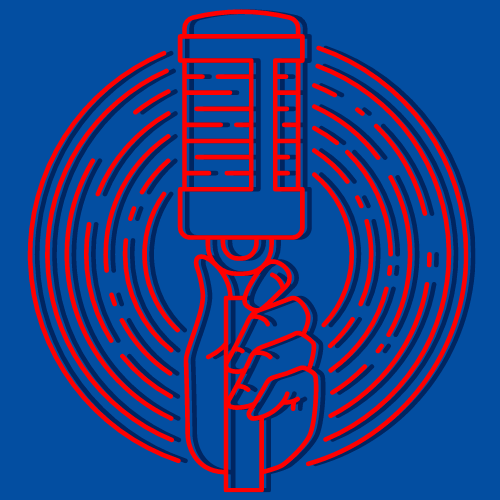March 20, 2021
Our trimester break has started with leftover papers sitting on the table. Instead of throwing them into the rubbish bin, reuse the papers to make origami can help us fill in our free time during the break. Origami (折り紙) is the art of folding paper. It is a Japanese word, where it derives from ori (折) means folding and gami (り紙) means paper.
In fact, there is no date for the existence of origami because the information regarding the art form before the 15th century does not exist virtually. However, many studies state that origami was originally founded by the Japanese, but there could be some elements from China as the paper was initially invented in China. The skill of creating paper in China has expanded to neighboring countries such as Japan and Korea. The Japanese have improvised it to create the paper in better quality for folding, but there is no evidence to support the existence of origami before 1600. However, the existence of a short poem about butterfly origami in 1680 and an origami instruction book in 1797 has indicated the skill of paper folding has existed in the Japanese culture.
Origami brings us a lot of benefits. In terms of well-being and social skills, it helps us to become more patient when dealing with the problem. For instance, there will be many times we have to do trial and error when we are doing origami because we may not get the desired shape on the first try. In terms of our brain and mind, it helps us to improve our thinking skills in order to solve the problems in many various ways because there are mathematical elements in origami, where it can help us with geometry concepts. Not only that, origami improves our concentration and eye and hand coordination as we use our fingertips to create objects in much detail.
For a starter, the basic ingredient to make origami is paper only. If you are reusing your papers, the paper needs to be cut to make a square shape with a dimension of 15 cm x 15 cm. It is fine if other dimensions are used, but it is important to have an equal dimension for the width and the length to get the perfect size for the origami. However, if you want to make colourful origami or you don’t like the hassle of cutting the papers, you are welcome to buy origami papers from the shops such as MUJI or IKEA. You will get a different experience by using origami paper due to its thinness. You can search for the tutorial of origami of an object on YouTube. If you have no idea, you can start making origami of a crane or a cicada. The tutorials you found on YouTube are targeted at the beginner. If you are interested in learning how origami can be expanded to a nearly-identical object, you are welcome to watch this video by WIRED on YouTube.
That’s a wrap! Hope you enjoyed our journey in learning everything about origami. Let us share the YouTube playlist that we have used to learn about making origami here. Do you think origami deserves a better stage in the world of Art? Let us know by commenting on your thoughts in the comment section below.
Written by Hakim
Reference
Robinson, Nick. “Origami”. Encyclopedia Britannica, 3 Dec. 2014, https://www.britannica.com/art/origami. Accessed 16 March 2021.
Ramirez, Ainissa. “5 Reasons Why Origami Improves Students’ Skills.” Edutopia, George Lucas Educational Foundation, 29 Apr. 2015, http://www.edutopia.org/blog/why-origami-improves-students-skills-ainissa-ramirez. Accessed 17 March 2021.
